Mastering Frame Rail Replacement: Safety & Quality Inspection Tips
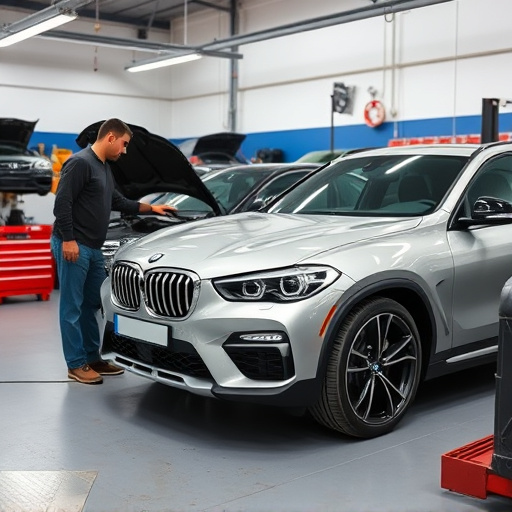
Frame rail replacement is a critical safety measure after collisions, requiring meticulous visual an…….
Welcome to an in-depth exploration of a transformative process that is reshaping the built environment—Frame Rail Replacement (FRR). This article aims to guide readers through the intricate world of FRR, from its foundational concepts to its global impact and future prospects. By delving into this topic, we uncover how a seemingly technical procedure is a catalyst for innovation, sustainability, and economic growth. Prepare to embark on a journey that highlights the significance of FRR in various contexts, offering valuable insights for professionals, policymakers, and anyone interested in the evolving landscape of construction and infrastructure.
Definition: Frame rail replacement is a specialized construction technique involving the complete or partial substitution of existing structural frames with new materials or designs. This process targets both aesthetic enhancements and structural improvements, ensuring buildings remain safe, stable, and visually appealing over extended periods.
Core Components:
Historical Context: The concept of FRR has evolved over centuries, driven by the need to enhance building durability and aesthetics. From ancient wooden structures reinforced with iron beams to modern steel framing techniques, this practice has adapted to meet changing architectural demands. Today, FRR is a sophisticated process that leverages advanced materials and engineering expertise to address the unique challenges of various climates and structural requirements.
Significance:
The influence of frame rail replacement extends far beyond national borders, shaping urban landscapes and rural communities worldwide. Key trends in FRR reveal a dynamic and evolving industry:
| Region | Trending Focus | Notable Examples |
|---|---|---|
| North America | Green Building and Energy Efficiency | The US has seen a surge in FRR projects focusing on energy-efficient framing, utilizing advanced insulation materials and high-performance windows. |
| Europe | Modular Construction and Rapid Deployment | Post-pandemic, Europe is embracing modular construction methods, with FRR playing a crucial role in quick turnaround times for temporary structures and rapid expansion of healthcare facilities. |
| Asia Pacific | High-Rise Innovation | Cities like Singapore and Tokyo are pushing the boundaries of FRR in high-rise buildings, employing advanced steel framing techniques to achieve greater heights and improved structural integrity. |
| Middle East | Desert-Ready Structures | The harsh desert climate has spurred the development of FRR solutions that enhance corrosion resistance and thermal stability in this region. |
These global trends highlight the versatility and importance of FRR across diverse climates and architectural needs.
The economic landscape surrounding frame rail replacement is complex, influenced by various factors:
Technological breakthroughs have revolutionized FRR, opening new possibilities and enhancing existing practices:
Advanced Materials:
Digital Design Tools:
Automated Fabrication:
The development and adoption of FRR are significantly influenced by policies and regulations that vary across jurisdictions:
Despite its numerous benefits, frame rail replacement faces challenges that require careful consideration and innovative solutions:
In Manhattan, a landmark project transformed an aging high-rise into a sustainable modern icon. The FRR approach involved replacing the original steel frame with a state-of-the-art composite structure. This not only improved energy efficiency but also added a unique aesthetic, making it a symbol of urban renewal. The project’s success lies in its ability to balance environmental sustainability with structural integrity, setting a new standard for high-rise construction in densely populated areas.
In Europe, a series of FRR projects have breathed new life into historic buildings. For instance, the restoration of a medieval cathedral involved replacing corroded iron beams with advanced steel alloys, ensuring structural stability without compromising the building’s ancient charm. This case highlights FRR’s versatility in preserving cultural heritage while enhancing structural capabilities.
Post-hurricane recovery efforts in Florida featured FRR as a key component of temporary housing solutions. Modular frame rail systems allowed for quick assembly and disassembly, providing safe shelters for affected communities. This application demonstrates the adaptability of FRR in crisis situations, emphasizing its role in disaster response infrastructure.
The future of frame rail replacement is filled with promising possibilities, driven by technological advancements and evolving global trends:
Frame rail replacement is more than just a construction technique; it represents a journey of innovation, sustainability, and progress. From its foundational principles to cutting-edge applications, FRR has proven its worth across diverse settings. As the world navigates an era of rapid urbanization, climate change, and technological advancement, the role of FRR will only grow in significance. By embracing these changes and learning from real-world examples, we can harness the full potential of FRR to create a more resilient, aesthetically pleasing, and environmentally conscious built environment.
Q: How does FRR benefit historical structures?
A: FRR can revitalize historic buildings by replacing deteriorated or unsafe structural elements while preserving their original architectural style and character. This meticulous approach ensures that the building’s heritage is respected and enhanced.
Q: Can FRR reduce a building’s carbon footprint?
A: Absolutely! By utilizing sustainable materials, advanced insulation, and energy-efficient designs, FRR can significantly lower a building’s energy consumption, contributing to reduced carbon emissions and a smaller environmental impact.
Q: Are there any safety concerns with new frame materials?
A: With proper installation and regular maintenance, modern frame materials like composites and high-strength steels are safe and reliable. These materials undergo rigorous testing to ensure they meet strict safety standards.
Q: How does FRR impact construction timelines?
A: Depending on the project scale and complexity, FRR can streamline construction processes. Pre-fabricated components and efficient assembly methods can reduce build times, minimizing disruptions and costs associated with extended construction.

Frame rail replacement is a critical safety measure after collisions, requiring meticulous visual an…….

Before replacing frame rails, conduct thorough damage assessments and strategic planning. Sourcing c…….
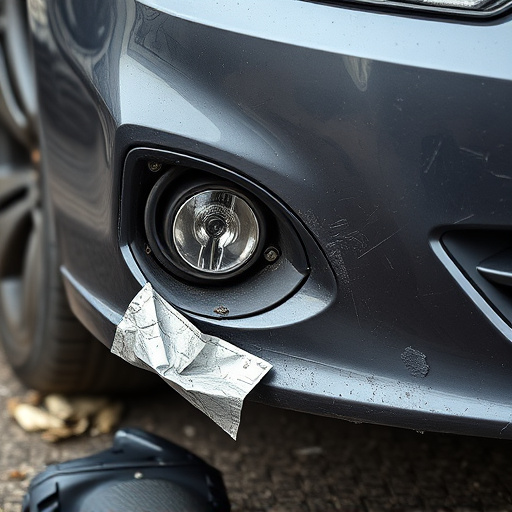
Frame rail replacement time varies based on collision severity, damage complexity, and resource avai…….

Frame rail replacement is a critical process in automotive repair, demanding skilled technicians and…….

Frame rail replacement is a critical auto body repair for luxury vehicles, addressing damaged load-b…….
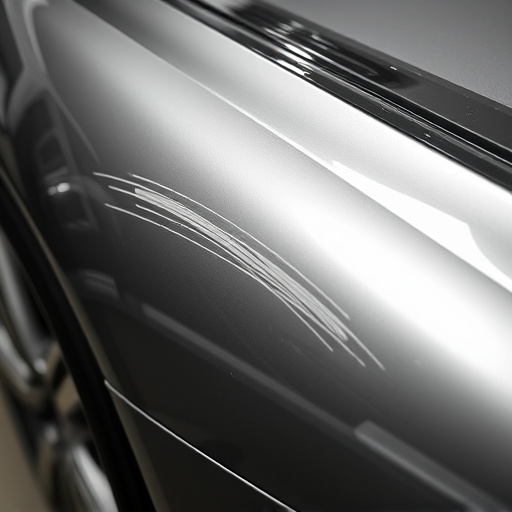
Before replacing frame rails, assess damage and gather tools including specialized wrenches and safe…….
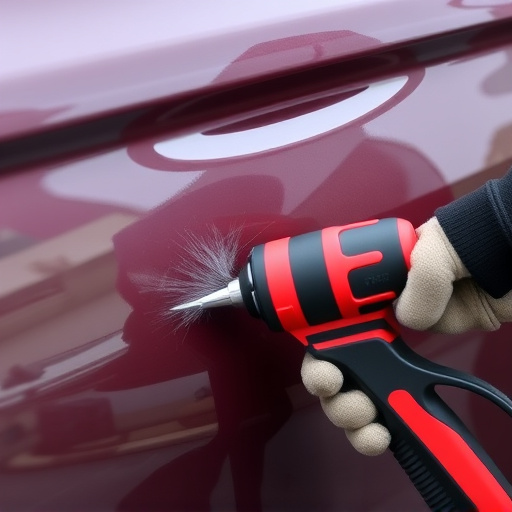
Careful inspection using advanced tools is vital for identifying and assessing damage to frame rails…….
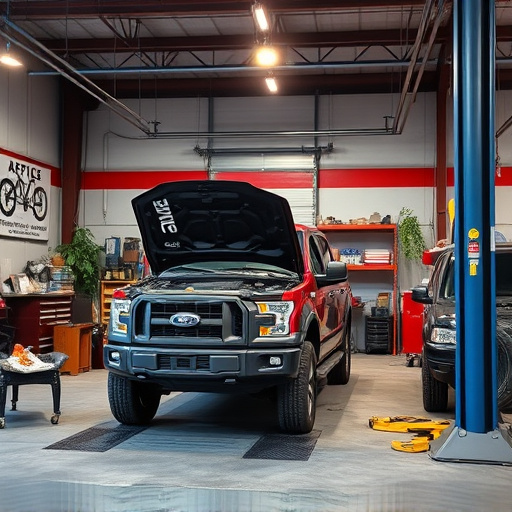
Frame rail replacement requires meticulous attention to structural elements, using advanced techniqu…….
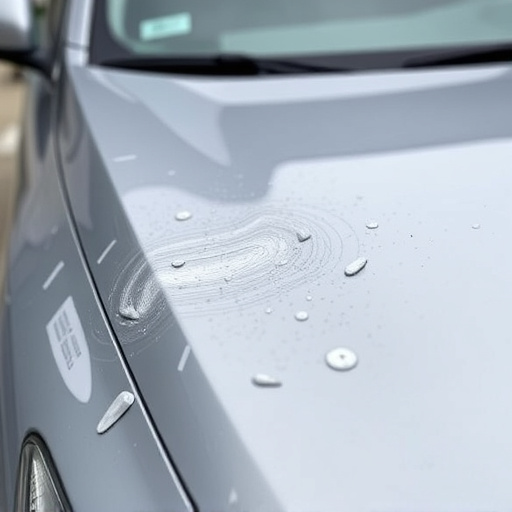
Advanced sensors, digital imaging, and automated systems revolutionize frame rail replacement in aut…….